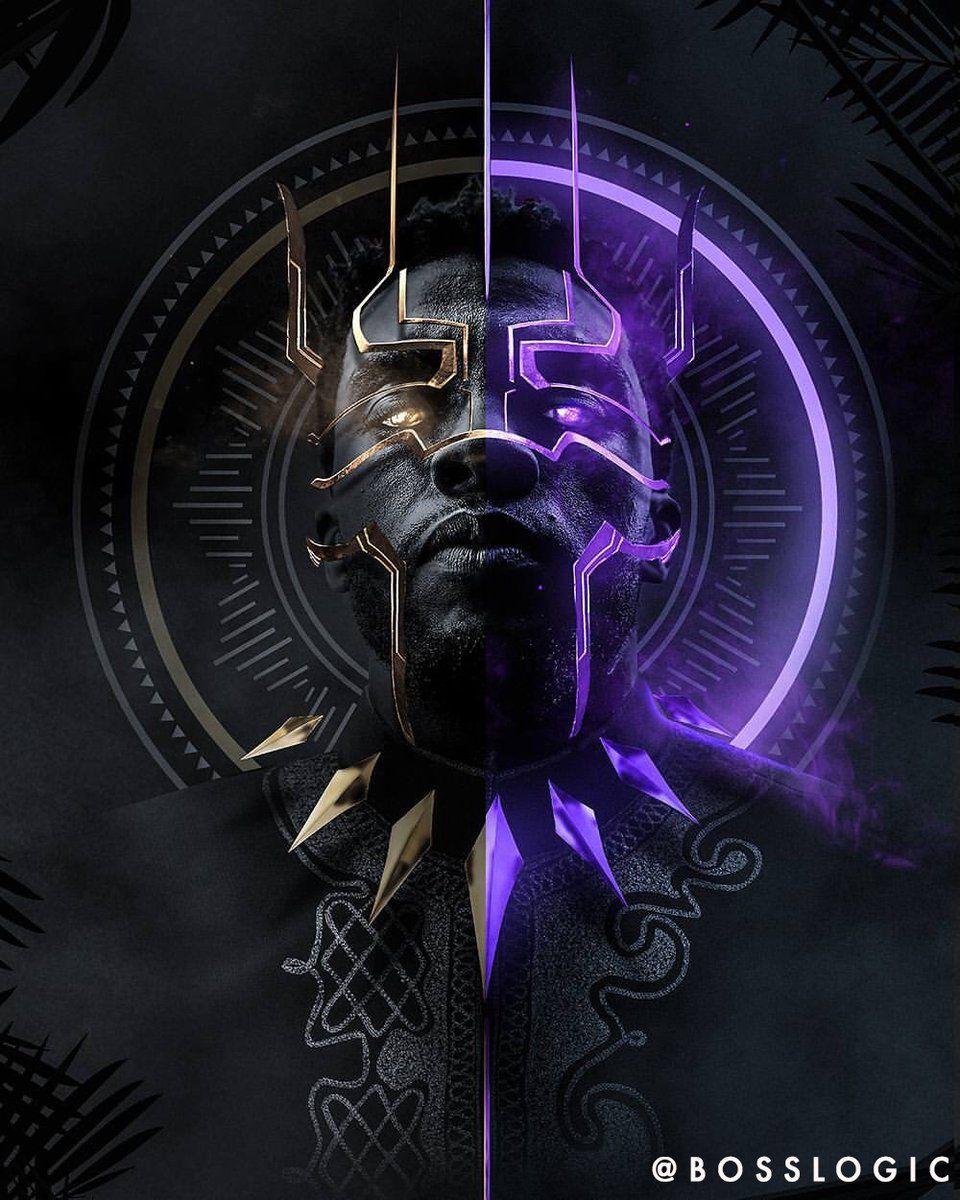

“A lot of our development in the beginning was to match realistic waters, which is based on measurements and stuff that we had and we put through our spectral render of Manuka,” White added.Ī major issue related to turbidity was color management, specifically involving the color red, which was a significant part of the Talokan architectural design (culled from Mayan culture).


One of the first sequences that Wētā developed was the early Talokan attack on an American mining mission searching for Vibranium on the sea floor. “There’s a specific shot that came from some of our original previs, where a whale comes out of nowhere, and that ended up making it into the film because Ryan always liked that shot.” This often creates a blue wall that fish will swim through, almost appearing out of nowhere.”Ryan wanted to make sure that we had that feeling of a blue wall,” White said. “Black Panther: Wakanda Forever” Courtesy of Marvel StudiosĪ major factor in creating that turbidity was marine snow, the fish waste that contributes to the murkiness. Wētā developed their pipeline and software to accurately simulate this murky look for both CG sequences and for shooting dry-for-wet in water tanks. This was part of an overall strategy devoted to turbidity: the particles suspended or dissolved in water that scatter light, making the water appear cloudy or murky. “The thing that was unique about it was we wanted this very realistic, murky water,” White told IndieWire. ‘El Conde’ Gave Birth to a New Camera and an Ongoing Pablo Larraín-Ed Lachman Collaboration


 0 kommentar(er)
0 kommentar(er)
